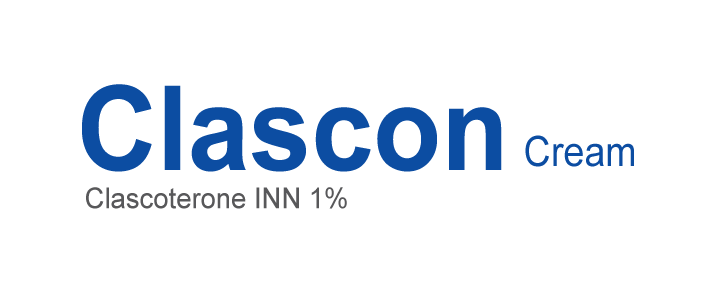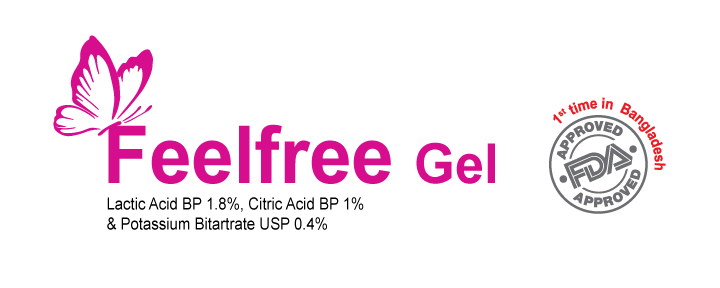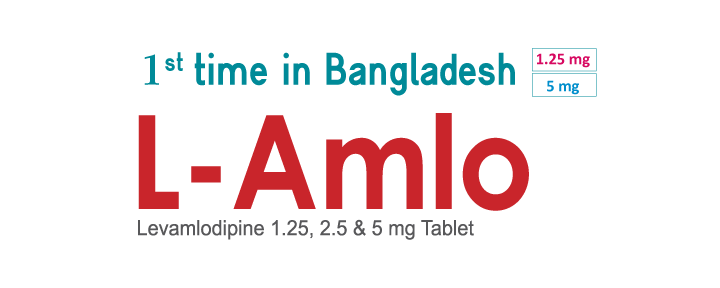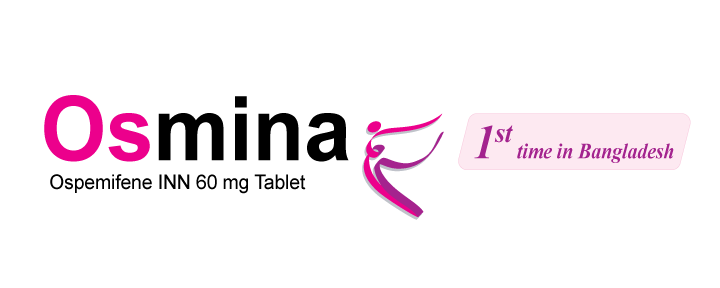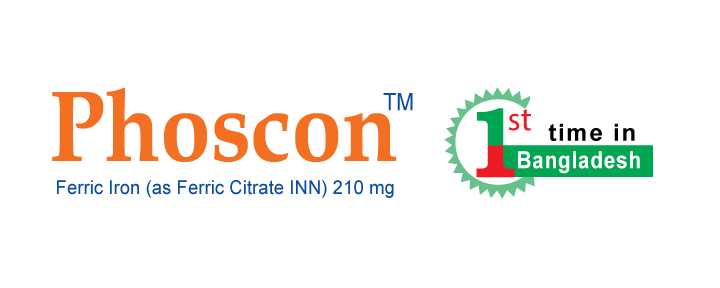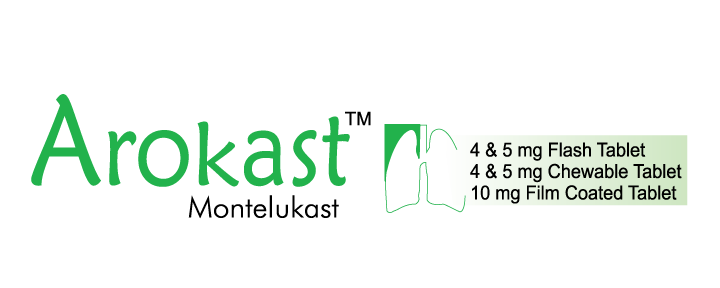Veterinary Division (VET) Products
Product List by Therapeutic
Vitamin A, Vitamin D3 & Vitamin E

Composition:
Each liter contains:
Vitamin A BP 100,000 IU
Vitamin D3 BP 40,000 IU
Vitamin E BP 50 IU
Benefits:
Increases egg production
Improves growth
Improves immunity
Improves fertility
Helps in strong bone formation
Inclusion rate:
Poultry : 1-2 ml per 4-5 liter of drinking water
Sheep & goat : 2-3 ml per liter of drinking water
Cattle, buffalo & horse : 5-10 ml per liter of drinking water
Minerals
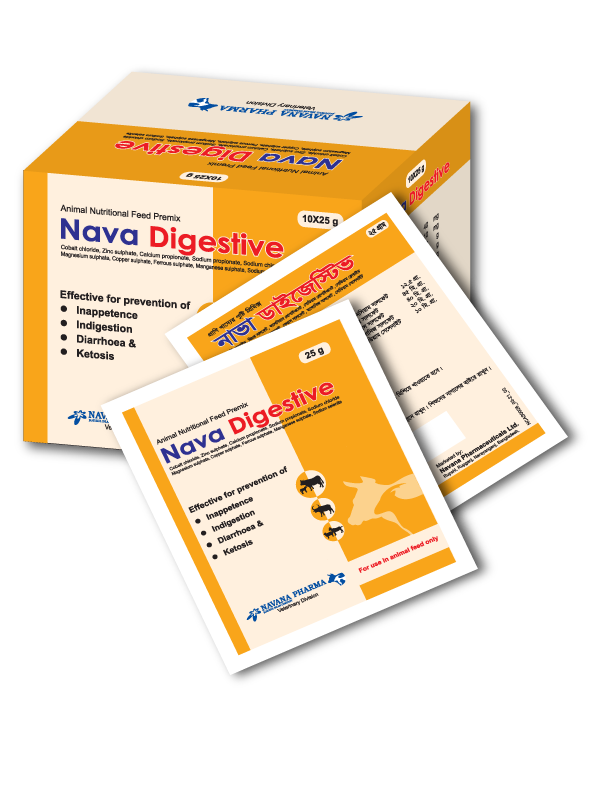
Composition:
Each 100 gm contains: Cobalt chloride 40 mg, Zinc sulphate 10 mg, Calcium propionate 20 g Sodium
propionate 40 g, Sodium chloride 26.5 g, Magnesium sulphate 12.5 g, Copper sulphate 45 mg,
Ferrous sulphate 40 mg, Manganese sulphate 20 mg, Sodium selenite 10 mg.
Indication
Inappetance, Indigestion, Diarrhea. It is also indicated in ketosis & poor production (meat &/or milk).
Dose & Administration
Cattle / Buffalo: 2 sachet/ animal.
Calves / Sheep / Goats: 1 sachet/ animal.
Or, as directed by the registered Veterinary Physician.
Zinc Sulfate Monohydrate USP
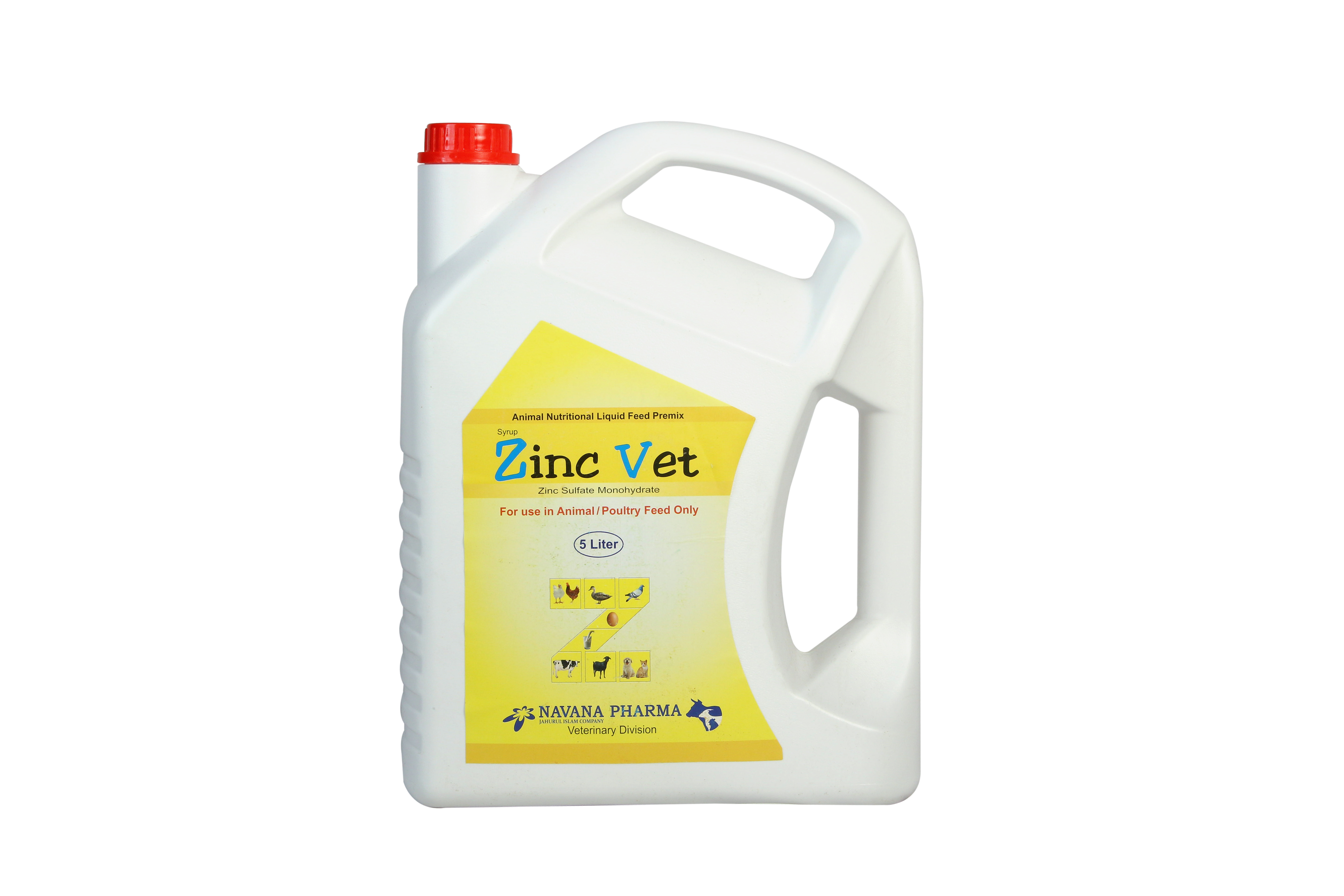
Composition:
Zinc Vet Bolus: Each bolus contains Zinc (as Zinc Sulphate Monohydrate USP) 200 mg.
Zinc Vet Solution: Each 5 ml contains Zinc (as Zinc Sulphate Monohydrate USP) 10 mg.
Indication:
Livestock Zinc Vet is indicated for inappetance, diarrhoea, poor growth, alopecia, dermatitis, reduced testicular growth, swollen feet, wounds failed to heal properly, wool-eating, parakeratosis, hyperkeratosis, stiffness of the joint, malformed hoof, impaired reproduction, immunologic dysfunction, reduced production etc. Poultry Zinc Vet is indicated for poor growth, reduced egg production and hatchability, diarrhoea, poor feathering, swollen/stiffness of joint, dry, thickened & fissured foot pad, hyperkeratosis etc.
Dosage & Administration:
Cattle, Buffalo
Prevention: 1 Zinc Vet bolus or 100 ml Zinc Vet solution per 5 kg feed daily.
Treatment: 1 Zinc Vet bolus or 50-100 ml Zinc Vet solution per animal daily for 5-7 days.
Calf, Sheep, Goat
Prevention: 1 Zinc Vet bolus or 100 ml Zinc Vet solution per 5 kg feed daily.
Treatment: One-fourth to one-half of Zinc Vet bolus or 25- 30 ml Zinc Vet solution per animal daily for 5-7 days.
Poultry
Prevention: 1 Zinc Vet bolus or 100 ml Zinc Vet solution per 50 litre drinking water daily for 5 -7 days.
Treatment: 1 Zinc Vet bolus or 75 ml Zinc Vet solution per 25 litre drinking water daily for 5-7 days. Or as Directed by The
Veterinary Physician.
Zinc sulfate monohydrate USP

Composition
Zinc Vet Bolus: Each bolus contains Zinc (as Zinc Sulphate Monohydrate USP) 200 mg.
Zinc Vet Solution: Each 5 ml contains Zinc (as Zinc Sulphate Monohydrate USP) 10 mg
Indication
Livestock Zinc Vet is indicated for inappetance, diarrhoea, poor growth, alopecia, dermatitis, reduced testicular growth,
swollen feet, wounds failed to heal properly, wool-eating, parakeratosis, hyperkeratosis, stiffness of the joint, malformed
hoof, impaired reproduction, immunologic dysfunction, reduced production etc. Poultry Zinc Vet is indicated for poor growth,
reduced egg production and hatchability, diarrhoea, poor feathering, swollen/stiffness of joint, dry, thickened & fissured foot
pad, hyperkeratosis etc.
Dosage & Administration
Cattle, Buffalo
Prevention: 1 Zinc Vet bolus or 100 ml Zinc Vet solution per 5 kg feed daily.
Treatment: 1 Zinc Vet bolus or 50-100 ml Zinc Vet solution per animal daily for 5-7 days.
Calf, Sheep, Goat
Prevention: 1 Zinc Vet bolus or 100 ml Zinc Vet solution per 5 kg feed daily.
Treatment: One-fourth to one-half of Zinc Vet bolus or 25- 30 ml Zinc Vet solution per animal daily for 5-7 days.
Poultry
Prevention: 1 Zinc Vet bolus or 100 ml Zinc Vet solution per 50 litre drinking water daily for 5 -7 days.
Treatment: 1 Zinc Vet bolus or 75 ml Zinc Vet solution per 25 litre drinking water daily for 5-7 days. Or as Directed by The Veterinary Physician. Toxicity Zinc Vet is relatively non-toxic. But feed may be unpalatable when zinc concentration is very high.
